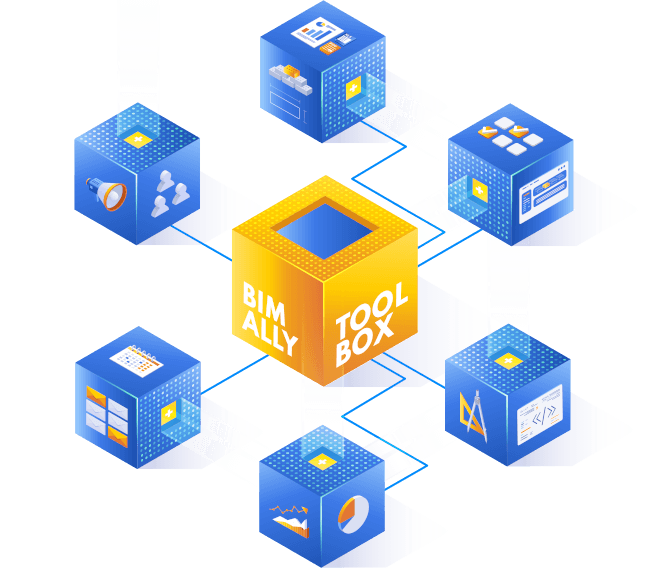Multi-discipline Coordination in BIM

In today’s world of construction and engineering, projects are becoming more and more complex and require the cooperation of many specialists from various fields. Multi-discipline coordination is a key element to the success of construction projects, and BIM (Building Information Modeling) technology plays a key role in streamlining this process. In this article, we will look at what exactly cross-discipline coordination is in the context of BIM and what benefits it brings to construction projects.
What is multi-discipline coordination in BIM?
Multi-discipline coordination in BIM technology means integrating and harmonizing the work of various specialists such as architects, structural engineers, electricians, plumbers and others to ensure the consistency and efficiency of the construction project. In the traditional approach to design and construction, each group of specialists operated independently, which often led to conflicts, collisions and delays.
Thanks to BIM technology, all project participants have access to one central construction information model, which contains the most up-to-date information about the project. This means that everyone sees exactly the same thing and can work on their own parts of the project without conflicts with others. In addition, BIM allows automatic detection of collisions between various project elements, which facilitates their resolution before construction begins.
Benefits of multi-discipline coordination in BIM
Multi-discipline coordination in BIM technology brings many benefits to construction projects:
- Avoid conflicts: By detecting conflicts between design elements early, you can avoid costly errors and delays.
- Better collaboration: All project participants have access to one model, which facilitates communication and collaboration between them.
- Accuracy and Consistency: BIM provides a uniform and accurate representation of the project, which helps maintain consistency and quality.
- Cost optimization: Early detection of problems and conflicts allows them to be solved in the design phase, which minimizes the costs of corrections during construction.
- Better control over the schedule: Multi-discipline coordination allows for more accurate planning and control of the work schedule.

How to implement multi-discipline coordination in BIM?
Implementing multi-discipline coordination in BIM requires appropriate tools and processes. Here are some steps to consider:
- Establishing standards and protocols: Defining work standards and communication protocols between project participants.
- Creation of a central BIM model: Creation of a central model that will be available to all project participants.
- Regular coordination meetings: Organize regular meetings during which project participants discuss progress and problems.
- Automatic collision detection: Use of BIM tools to automatically detect collisions between project elements.
- Change control: Managing and documenting any changes to the project in a consistent and understandable way for all participants.
Multi-discipline coordination in BIM technology is a key element of the success of construction projects. Thanks to consistency, accuracy and efficiency, it enables better project management and minimizes the risk of errors and delays. For the construction industry, the benefits of using BIM in multi-discipline coordination are invaluable and contribute to raising the standards and quality of implemented projects.

BIM ALLY TOOLBOX will equip your company with tools and services, thanks to which you will be able to effectively manage cooperation with both current and newly acquired designers.